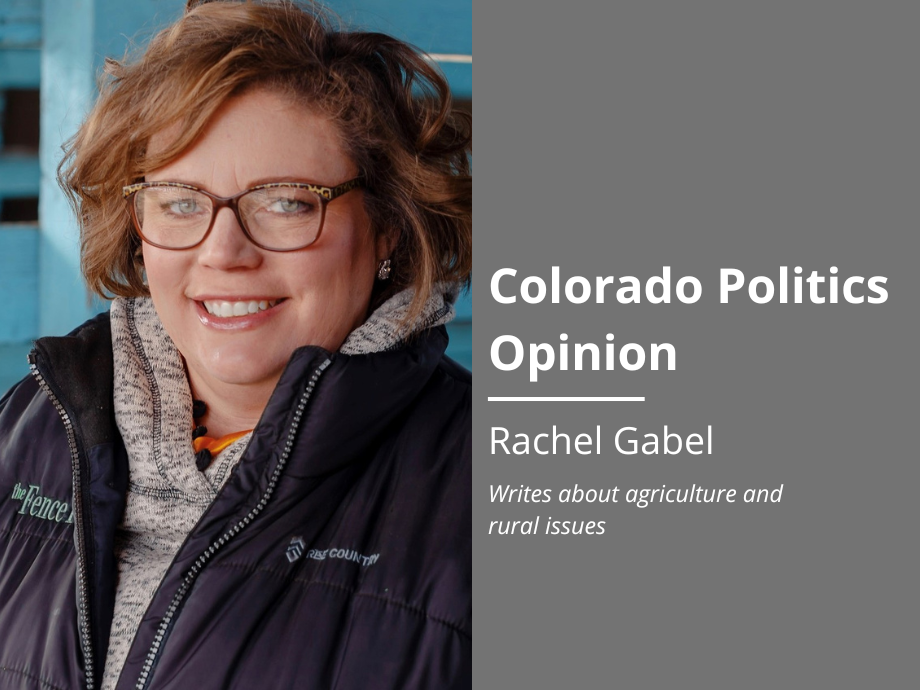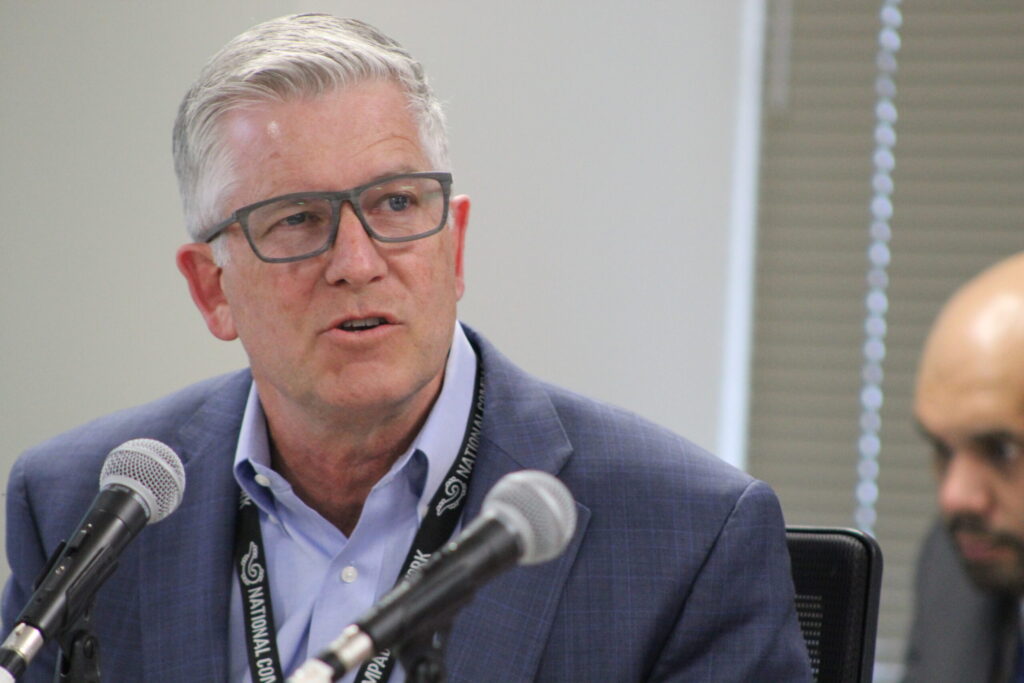Legislating the pork right off your plate | GABEL


Those without a crystal ball to see the future Colorado’s grocery consumers are facing need look no further than California. The U.S. Department of Agriculture issued a report last week compiled by the economists with the USDA’s Office of the Chief Economist (OCE) that reflects a 20% hike in pork prices in California. The price jump at the meat case is due to the full implementation of Proposition 12, an animal rights extremist-driven measure that requires all pork sold in the state be sourced only from sows housed in facilities that meet the pen size requirements set forth in the measure.
The pen sizes aren’t common, likely because the measure wasn’t written with the guidance of hog producers, which forced the hands of all hog producers. When hogs are shipped off the farm to be slaughtered, the yield from one animal may go several places. The bacon may go to a wholesaler that serves restaurants in one region. The loin may be processed to be sold at a grocery chain with locations nationally, and so forth. Because the supply chain works this way, all producers who sell to processors whose pork products may go to the California market need to be raised to the California standards. The logistics are enough to make one’s head spin.
Stay up to speed: Sign up for daily opinion in your inbox Monday-Friday
The Supreme Court ruled last year in favor of the state in a suit filed by the National Pork Producers Council. One of the main arguments of the NPPC was the increased price for consumers in every state, especially California.
The NPPC wasn’t wrong. California grocery shoppers adding pork to their carts stand to pay, on average, 20% more. For consumers hoping to serve pork loin, the increase is 41%. A 4-pound whole, boneless pork loin at my local Safeway is $3.99 per pound, or $15.96. In California, the average would be about $5.62 per pound, or $22.48 for the same pork loin roast.
In addition to the rise in cost for consumers, the demand for pork in California dropped. The state previously consumed about 10% of the nation’s pork and that has since dropped to less than 7%.
This measure has much less to do with animal welfare than it does with shackling the animal agriculture industry. A tiny group of activists – albeit well-funded – are pushing for the end of animal agriculture and they’re doing it at the expense of consumers on the margins who are struggling to feed their families. They’re doing it at the expense of consumers who would rather vote with their dollar to support ag producers who are incorporating various husbandry practices, free range, for example, and are willing to pay a premium for those products. The plate ought not be legislated.
USDA Animal and Plant Health Inspection Service (APHIS) also announced this week that highly pathogenic avian influenza has been detected in dairy cows in Texas, Kansas and New Mexico. A week earlier, the disease was detected in a baby goat in a backyard that also included affected poultry. The disease is carried by wild birds and isn’t transmissible to humans. As for risk to human health, only milk from healthy animals can be sent for processing for human consumption. Milk from sick animals is diverted or destroyed.
As with HPAI in commercial chickens, biosecurity, rapid reporting of disease and proper preparation of foods for consumption are key. These aspects of production are more easily managed in operations with solid biosecurity protocols. These include hogs and chickens raised in climate-controlled buildings, away from wild animals, unauthorized people who may carry diseases on to the farm with them, and even potentially affected feed ingredients. These operations may not be as picturesque and quaint as the stereotypical ma-and-pa farm with chickens scratching and hogs in a mud puddle. Scale isn’t bad in agriculture. Efficiency isn’t the enemy. Modern animal agriculture allows American producers to feed the millions of people who depend upon farmers at least three times per day.
Rachel Gabel writes about agriculture and rural issues. She is assistant editor of The Fence Post Magazine, the region’s preeminent agriculture publication. Gabel is a daughter of the state’s oil and gas industry and a member of one of the state’s 12,000 cattle-raising families, and she has authored children’s books used in hundreds of classrooms to teach students about agriculture.













